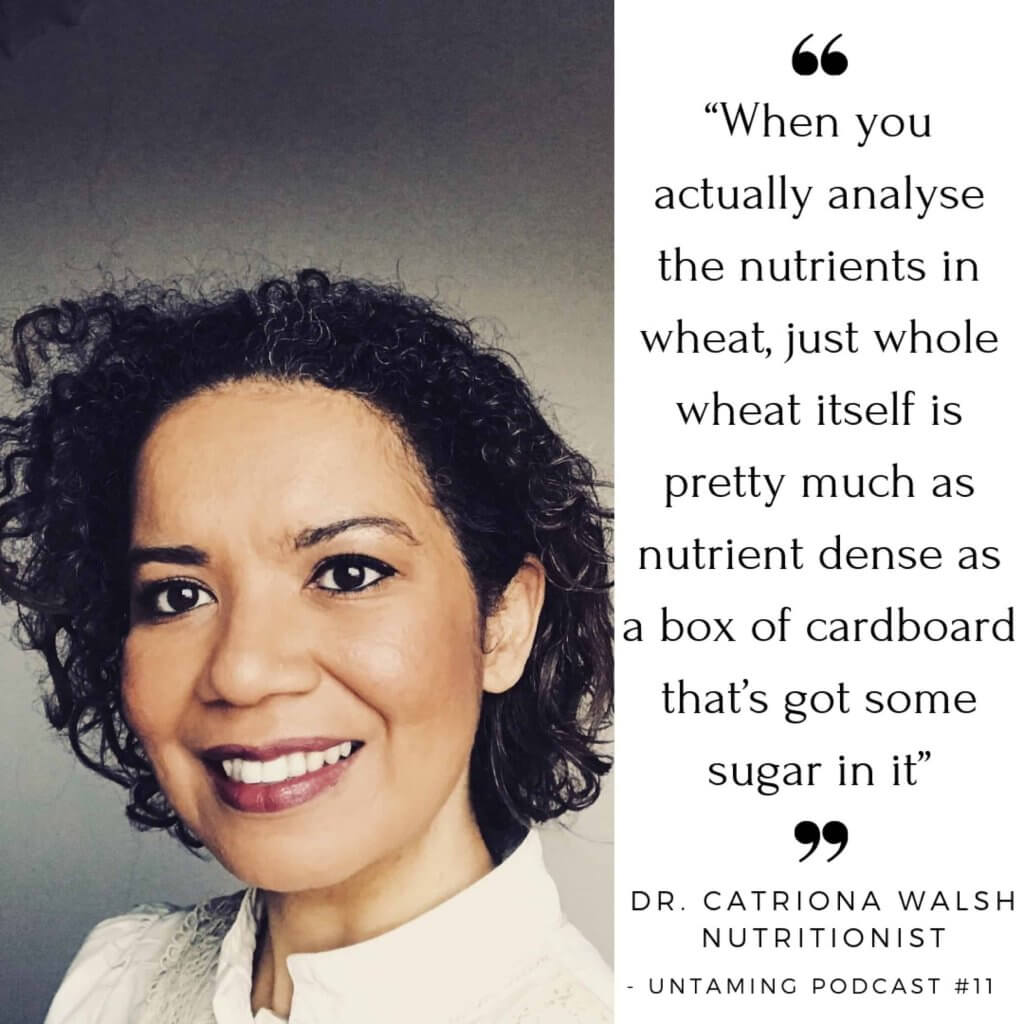Taste is more than flavour – it’s your body’s guide to nutrition. Explore the science of how taste works, from microbes to metabolism, and learn to cultivate healthier preferences. Whether you’re trying to help a picky child or rediscover the joy of food as an adult, truly understanding food aversion is key. It’s about more than just what we eat; it’s about how we connect with nourishment on a deeper level, and how factors like the aroma’s impact on flavour and the texture’s influence on taste can shape our experiences. It’s important to address food aversion.
Recently, reflecting on the nature of consciousness and emotions – why we feel things – led me down an unexpected path: considering our sense of taste.
And weirdly, that made me review our taste buds.

The Basics of Taste
Taste and smell are, at their essence, the result of chemoreceptors sampling volatile and soluble compounds entering our nostrils and mouths.
The reason we have them is to provide information about our environment and the nutrient and toxicity content of our foods.
Although we can discriminate between these chemicals, we’re not necessarily born with a preference for any of them, not even sugar.
However, as the French have figured out, taste is a skill that can be learned.
In biological terms, the things we eat and smell provide our brains with sensations that we pair with those foods, including their textures, sights, mouthfeel, and how they sound when we chew and swallow them. Texture’s influence on taste cannot be underestimated when initially assessing a food’s desirability.
Internal Senses Beyond the Mouth
Additionally, there are other sensory organs throughout our body that are involved in maintaining homeostasis. These internal sense organs provide a running commentary on how well our cells, tissues, and organs are performing, what threats they face, and whether they’re doing better or worse than they were yesterday or last week. Understanding food aversion means acknowledging that it is sometimes an internal message.
The Role of the Gut Microbiome
To complicate matters further, the food we swallow also interacts with our gut microbiome, where the organisms convert some compounds we consume into others, including those with psychoactive properties like histamine, tyramine, alcohol, and aldehydes.
Not only that, different microbes thrive on different nutrients and food substrates, creating fluxes in the specific organisms present based on our dietary choices. These interactions can contribute to food aversion if the gut is unbalanced.
Microbial Defense Mechanisms

What’s even more complex and compelling is that microbes are not bystanders within our guts. They can both cooperate and wage war with each other. They can become defensive when threatened and release compounds with antibiotic and other antimicrobial properties. In fact, many of the antibiotics we use today are derived from microbes, including bacteria and fungi. And like commercial antibiotics produced by Big Pharma, the antimicrobial factors released by your gut flora can influence the richness and diversity of your microbiome.
So, antimicrobials and food additives, including pesticides and preservatives, can trigger not only swings in microbial abundance but also reactive toxin production to defend against threats. Naturally, just as antibiotics given as drugs can have toxic side effects, the antibiotics synthesised within your gut microbiome and absorbed into your cells can have similar toxicity, albeit probably in smaller amounts. However, their synthesis may also be more persistent over time.
From an evolutionary standpoint, aeons before the processed food industry emerged in the twentieth and twenty-first centuries as a response to dietary guidelines demonising fat and cholesterol, microbes evolved to protect themselves from other microbes, not just to survive our stomach acid and immune systems.
So, what ends up inside you is a complex milieu. A dynamic ecosystem where microbes battle and cooperate, where nutrients are transformed, and where chemical signals are constantly being exchanged. This intricate interplay within our gut directly influences how we perceive and respond to food. It’s from this complex internal environment that our body’s inherent wisdom emerges, guiding us towards what truly nourishes us—or away from what might harm us.
Understanding the gut microbiome’s role in taste and food aversions is crucial. Our microbial inhabitants can influence our cravings, sensitivities, and overall relationship with food. These tiny organisms are not passive passengers but active participants in our nutritional journey, shaping our preferences and responses to different foods in ways we’re only beginning to fully grasp.
Given the complexity of our internal ecosystem, have you ever considered how your gut might be influencing your food choices? It’s a fascinating area of study, one that reveals just how intertwined our bodies are with the microscopic world within us.

The world of taste is far more intricate than we often realize, extending deep into the complexities of our own biology and microbial ecology. In my next post, I’ll delve into how our body’s innate wisdom guides us towards certain foods and away from others.
Want more tips on taking care of your overall well-being? Subscribe to my newsletter and receive a free guide to Quick and Easy Self-Care Activities!
What are your thoughts on the gut microbiome and taste? Leave a comment below!



